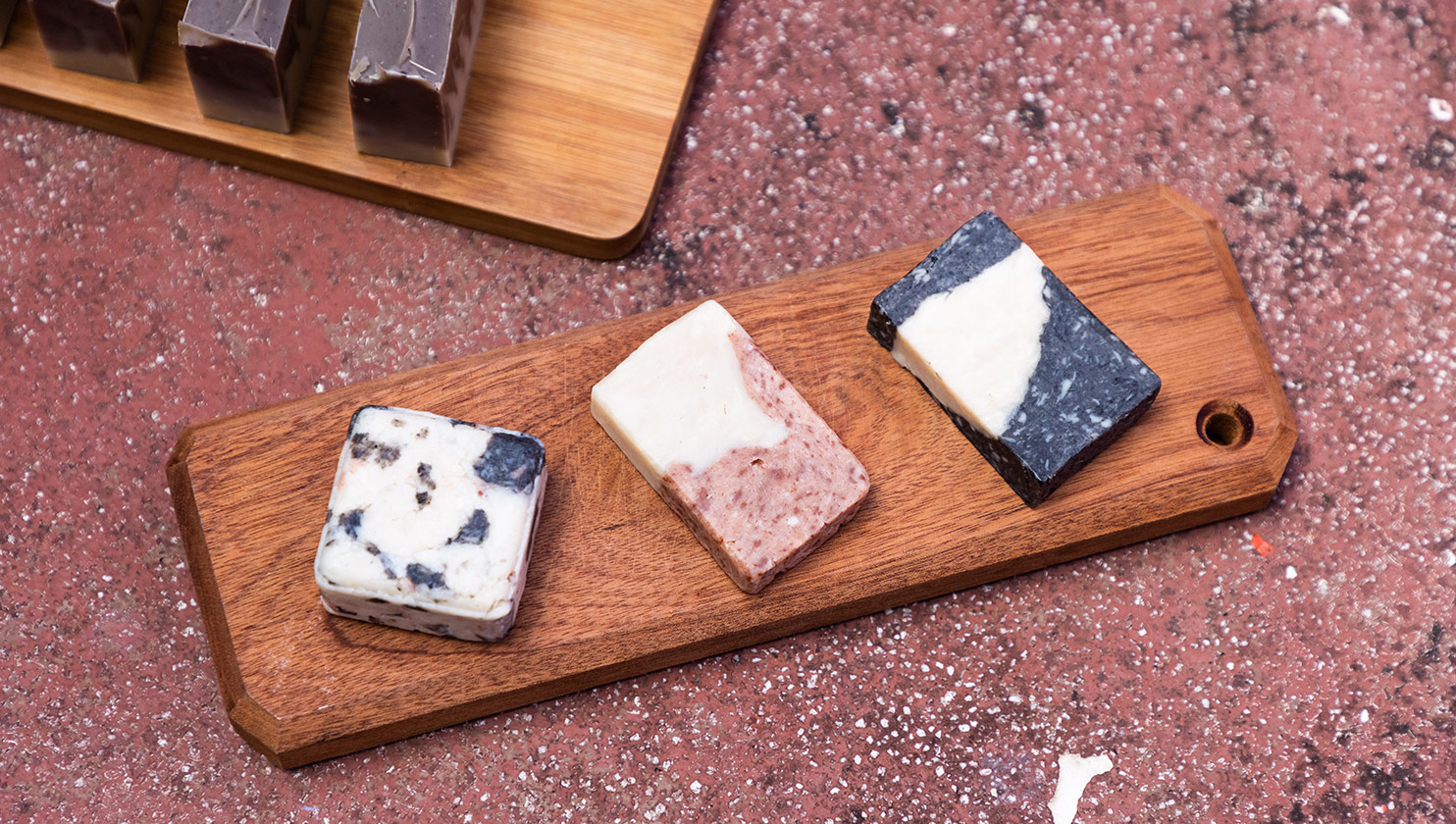By Emerson Luchesi
Have you ever thought about the amount of packaging we throw away every day? The packaging from supermarket purchases, plastic bags, disposable products such as cups, lunch boxes, cutlery, straws, etc. Everything ends up in the trash.
Single-use packaging is a villain to the environment. Practically everything we buy and consume comes to us in a package, whether it is made of paper, cardboard, plastic, Styrofoam, etc. They are, without a doubt, one of the items we discard the most.
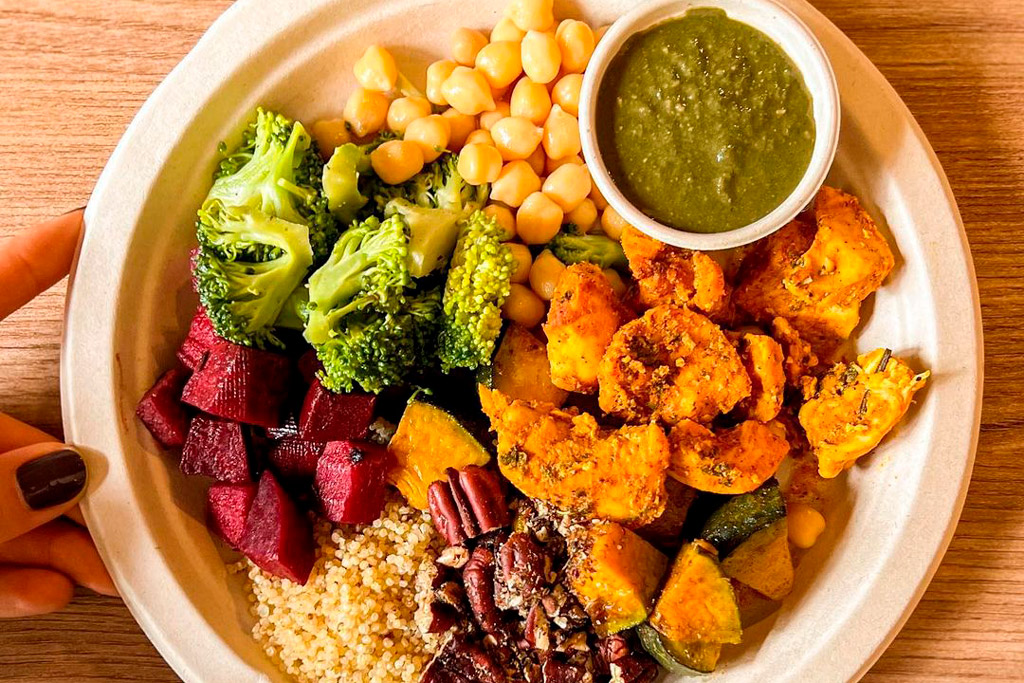
It is known that a well-known alternative for everyone is the act of recycling, but this initiative is still very low in quantitative terms in relation to the total waste we produce, in fact, not all material can be recycled. In this sense, several so-called sustainable alternatives have arisen with the aim of mitigating the impacts of packaging on the environment. One of the best known is the so-called biodegradable packaging. While conventional packaging materials made of plastic, for example, take hundreds and even thousands of years to decompose, negatively impacting on the environment, there are packaging materials made of biodegradable material, which are much less harmful to the environment. But what does the term biodegradable mean?
A biodegradable material, in general, are those that disintegrate into small fragments in a short period of time. That is, decompose naturally and in less time due to the composition of its material which, in this case, is of renewable origin, generating a lower impact on the environment.
As far as packages are concerned, the biodegradable ones, which are compostable, are the best alternative to reduce environmental impacts, because the material is made of vegetable matter (plants such as bamboo, sugar cane, fibers, among others) and when disposed of in compost bins they degrade in this environment and result in fertilizer with nutrients for the soil.
Sustainability and entrepreneurship
To understand a little more about this type of packaging, we talked with Quitéria Oliveira, marketing coordinator at Terraw, a biodegradable and compostable packaging company.
Terraw was founded in 2020 by two partners, Ricardo Carvalho and Torben Rizzo. The company was born from the will to undertake and bring sustainability with the perception that our actions are necessary for a more sustainable world, concerning the future generations. This undertaking today occurs through sustainable packaging which, in fact, are 100% biodegradable packaging and also 100% compostable.
“We are a sustainability company that sells sustainable packaging, we sell products such as plates, lunch boxes, cups, and cutlery for delivery, take-away and events”, says Quitéria.
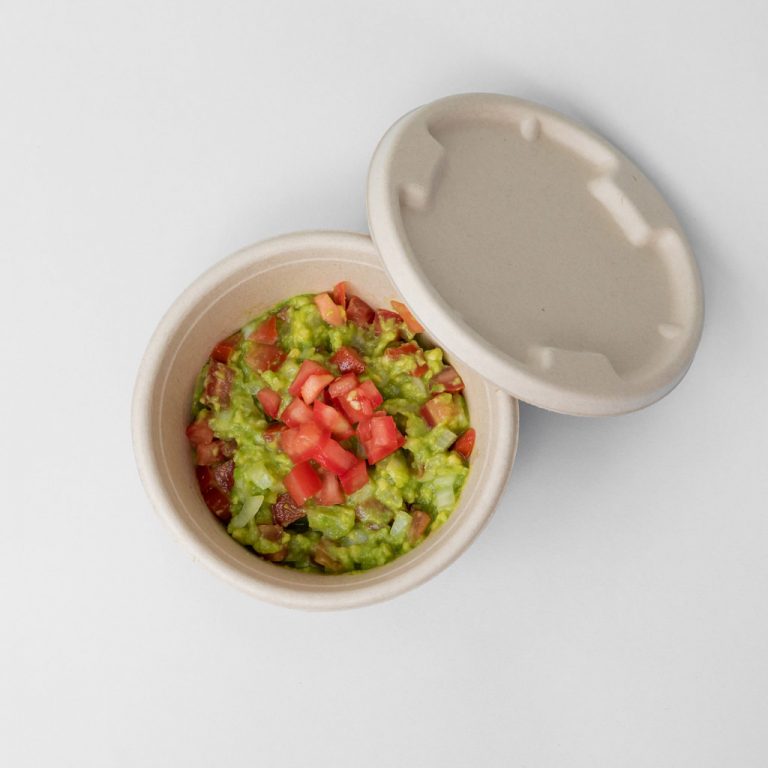
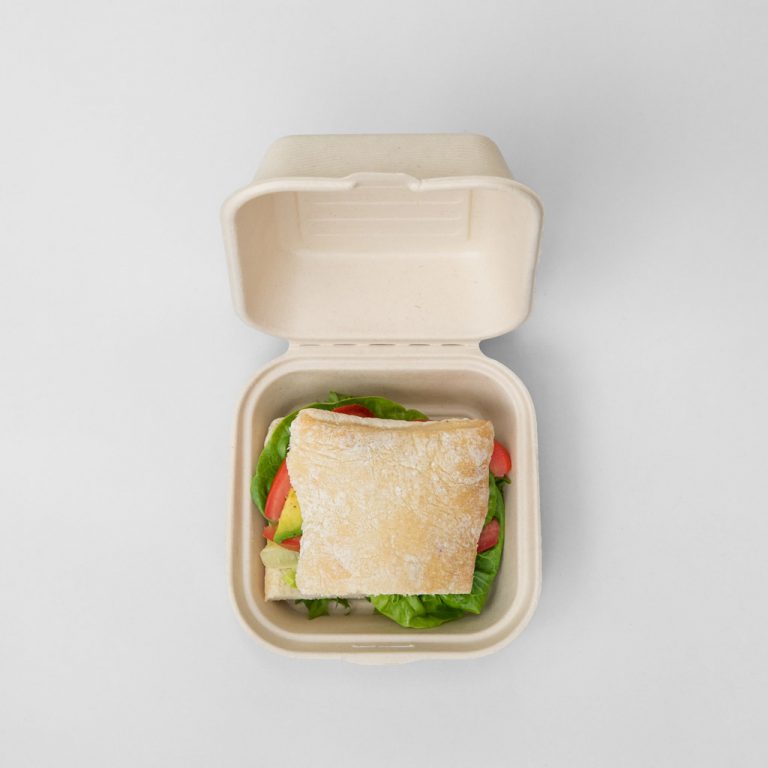
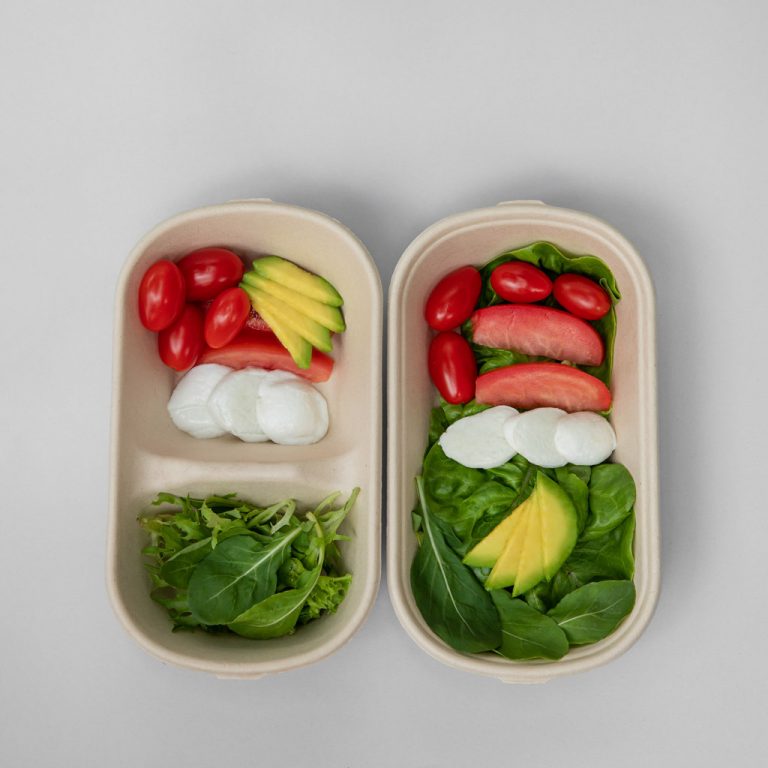
The company’s main goal is to reduce the environmental impact by raising awareness about waste management, doing this by offering innovative products that aim to reduce waste. “The Brazilian market is increasingly opening up to this type of packaging. We see more and more that restaurants and, mainly, people are seeing the need for this type of sustainable packaging,” comments the marketing coordinator.
Most of the packaging marketed by Terraw is made from wheat straw, which is a by-product of the industry and is made from vegetable raw material and, therefore, renewable: “This material is mixed and from this is made most of the packaging such as lunch boxes, bowls and jars. Most of the products in our catalog are made of wheat straw, the cups are made 100% of paper, and the cutlery is made of wood. We work basically with these three materials”, reveals Quitéria.
The marketing coordinator comments that the market is increasingly seeing this as a differential that is part of the mission of not having a harmful impact on humans, nature, and the environment, aligning sustainability and practicality. “Our packages, for example, may be put in the oven, microwave, and freezer; they are resistant and can be used for several types of food, so we understand that this market has the power to grow by being sustainable without leaving practicality aside”, emphasizes Quitéria.
In addition, all the materials produced by the company have the compostability certificate, both industrial and domestic. To dispose of the packaging after use, Quitéria Oliveira explains the three main options: the first is to place it in a compost bin, which can be a home compost bin, so that degradation of the material occurs in this favorable environment. But there are also places that collect this material to take to a compost bin. This would be the ideal option because it guarantees that the packages will degrade in up to 180 days.
When the compost bin is not an affordable option, you can put it in the organic waste, it all depends on how the city’s waste management is. If the material ends up going to the landfill, as it will not be in a favorable environment it will degrade taking longer, which is not ideal but still reduces the damage. And the third option is that, if the packaging is clean, it can go to dry waste to be recycled along with the paper.
“Our materials are 100% biodegradable, but also 100% compostable. As we only use vegetable raw material, these packages placed in compost bins when they degrade become fertilizer, going back to the earth and returning these nutrients to the soil itself”, says the marketing coordinator.
Of course, recycling is an excellent option, but in Brazil only approximately 4% of the solid residues produced are recycled. So, many times recycling is an alternative, but in practice it doesn’t happen for several reasons. Such as the lack of a market to buy the material, the laborious process in the cooperatives, and the dirtiness of the material destined for recycling that ends up making the process unfeasible.
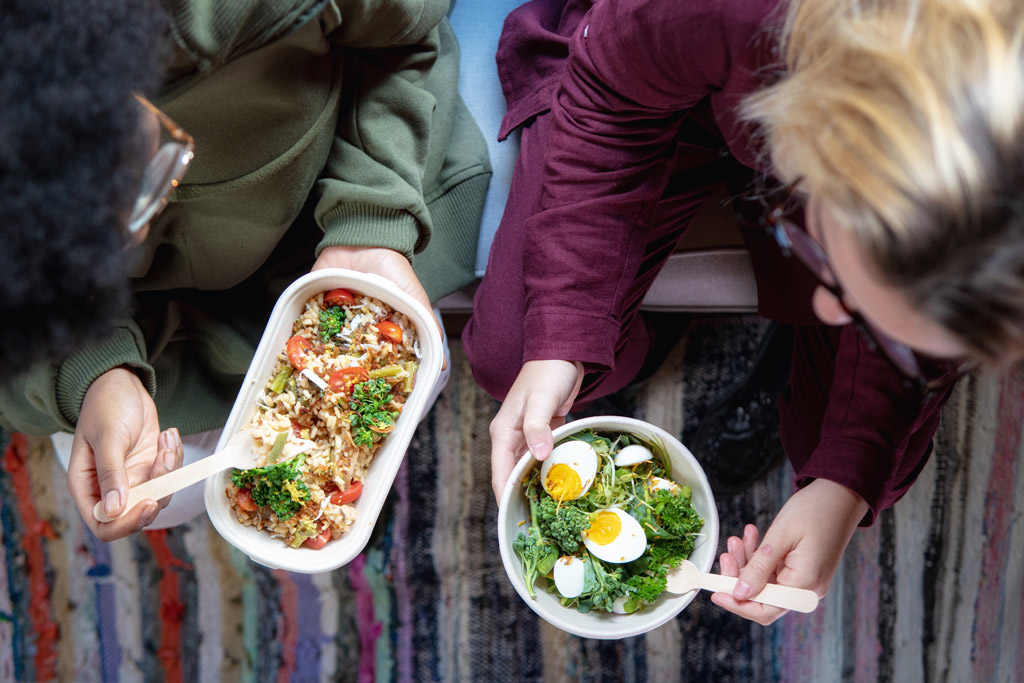
Recycling or composting?
The marketing coordinator comments that, nowadays, it is possible to recycle 98% of aluminum. But the recycled Styrofoam, for example, only includes those that come in household appliance packaging, and lunch box Styrofoam often ends up not being recycled because it is not worth it. Depending on the material, recycling may not exist in Brazil. “Of course, Brazil is very large, and each region has its own specificities. But nowadays to opt for compostable packaging is to have this greater security that this material will really return to the earth in the form of fertilizer if it is compostable”, Quitéria points out.
In this sense, it is worth investing in sustainability by consuming biodegradable and compostable products, or by making more and more people join the initiatives through 100% sustainable business models, such as the excellent work developed by Terraw. Which aligns the act of entrepreneurship with environmental awareness.
Therefore, it is necessary to pay attention to packaging models in order to understand if the material we are using – be it packaging used in events or present in several other products, such as cosmetics, hygiene products, among others – is a material made 100% from vegetable raw material and, therefore, 100% sustainable.
“A tip is to always try to know what material the packaging is made of, because many packages claim to be sustainable, but some have a plastic film that hinders compostability and degradation”, concludes Quitéria.
Thus, in order to think of a more sustainable and conscious future, it is necessary to act in the present by creating and embracing really concrete initiatives that mitigate the consequences of human activity on the environment. Thus, we commit ourselves to attitudes that are increasingly sustainable and favorable to the well-being of our common home. The Planet and future generations thank you!






